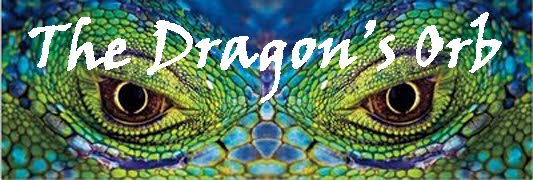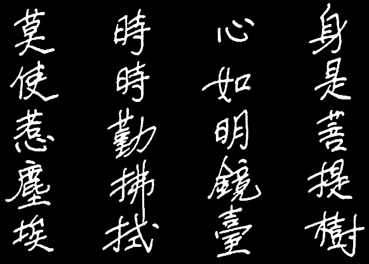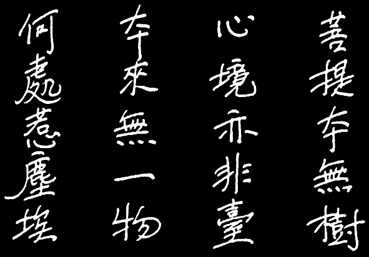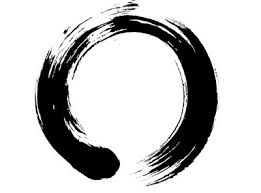Waddell Sensei has always taught there is one technique in Aikido practice that is the basis for all others, that is getting off the line of attack.
On a Friday night last June I found myself in the middle of conflict. It was a domestic disturbance. A drunken man was screaming at his sister and mother. I was called over to make sure nothing happened. The ladies wanted the physical presence of their martial arts friend.
It was surreal. People screaming and accusations flying. I found myself trying to talk people into leaving, just "walk away". At all times I keep distance and tried to make sure no one was about to be hurt. I felt like the the calm in a hurricane.
Suddenly the insults between the people cut deep, and I could sense a change in atmosphere. The man went upstairs to his room.
A moment of silence.
I heard a firearm chamber a round from upstairs. 'chink chink' - The unmistakable sound made me move instantly.
Time began to move different. It was like everyone was slower than me. 19 thoughts raced through my head at once. Every situation envisioned ended bad. If that man came down the stairs I was going to have to attack. This would end up in someone - likely me, dead.
I grabbed the women in the room and carried them out the door. They were almost paralyzed. I commanded them in the car and started it almost in one motion. I felt like I was looking in all directions at once. Everyone else moved so slowly...so muddled in emotions.
After a truck load of drama and a police intervention the story ends positive. No one got hurt, no one went to jail. But the game did get serious and Aikido possibly averted a situation.
Was it Aikido? I was emotionally detached from conflict. My intention was to protect everyone. I saw that physical control was not possible.
I got off the line of energy.
Perhaps one of the more valuable lessons to be learned from the martial path is when it is a good time to fight. An intoxicated and angry man with a firearm is to be avoided when possible.
Like my friend Jeff Duncan forwarded me in an email once - "If you find yourself in a fair fight, your tactics suck." I guess it stands to reason when you find yourself in an unfair fight, get the hell out of the way. Not being there to let an attack effect you IS the strategy.
Subdue the Tiger Post Standing
3 days ago

























